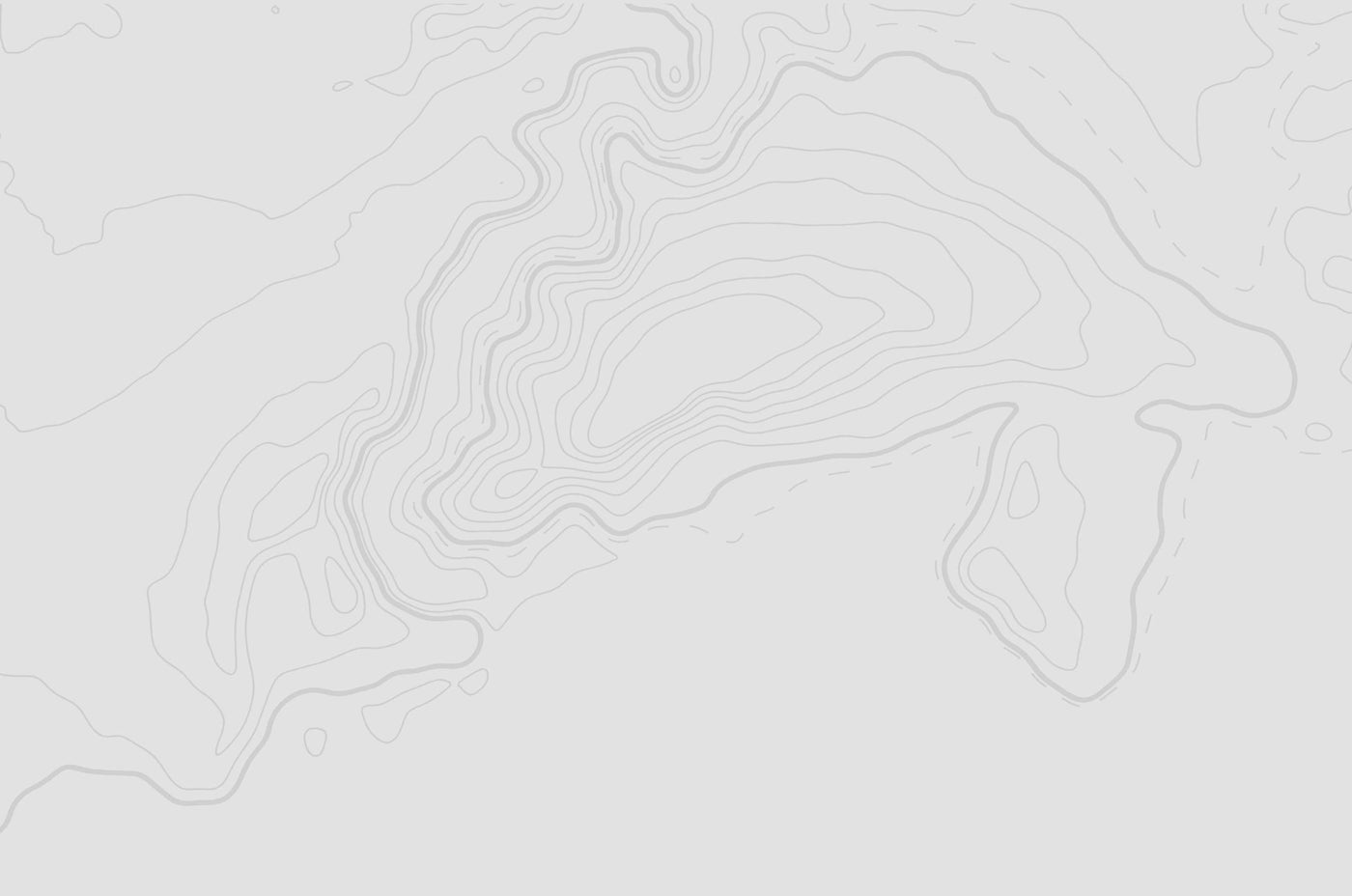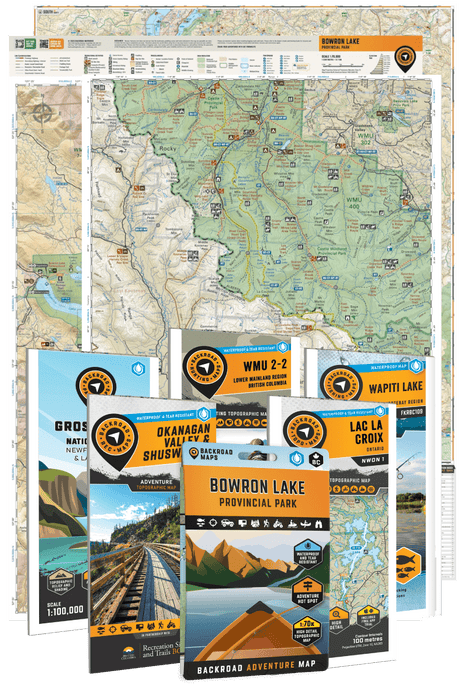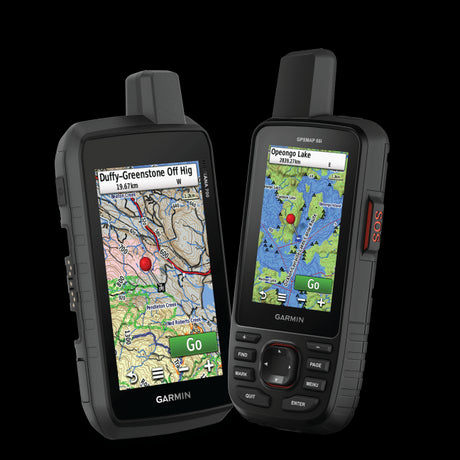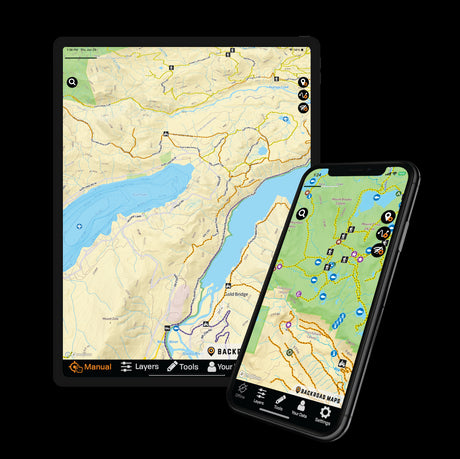British Columbia is filled with ghost towns - remnants of the gold rushes that gripped the province in the second half of the 19th century and attracted tens of thousands of fortune seekers from all over the world. And while they sprung up quickly, they often disappeared just as fast. After just a few years of frantic activity, these boom towns were abandoned to be reclaimed by nature. These days, many of these towns have been reduced to a few ramshackle log buildings and an old cemetery, or sometimes even less. In other cases, ghost towns have been preserved as historical sites and open-air museums commemorating this exciting period of BC's history. Below you will find a list of just a few gold rush ghost towns to visit across the province.

Barkerville
Founded in 1862 following William “Billy” Barker's famous gold strike, Barkerville quickly became the center of the Cariboo Gold Rush. By the mid-1860s, the town had a population of around 5,000 people, several general stores, a barbershop, theater, drug store and more. Store owners were notorious for their inflated prices, as they had no competition to speak of. Billy Barker's claim eventually yielded 37,500 ounces of gold (1,065 kg/2,350 lb), but the prospector nevertheless died penniless in a Victoria nursing home. His name lives on, as the BC ghost town has been preserved as a historic attraction, complete with hundreds of heritage and replica buildings, period actors in costume, over 200,000 historic artifacts, camping and much more.Bralorne
Bralorne's gold mining history dates back to the Fraser River Gold Rush of 1858-1860, and while the area saw consistent gold mining throughout the remainder of the 20th century, it did not see its heyday until the Great Depression of the 1930s. Despite a global economic collapse, the price of gold remained solid, and beginning in 1932 over 3 million ounces of gold were pulled from the Bralorne Mine. The town of Bralorne was built around the mine and included a school, churches, post office, recreation halls and hunting lodges. Over 160 km (100 mi) of underground tunnels were dug during the mine's fourty years of operation. When the mine shut down in the 1970s Bralorne was largely abandoned, turning a booming gold mining center into another BC ghost town.
Photo courtesy of http://adventure.bridgerivervalley.ca
Fort Steele
Fort Steele was originally founded in 1864 as Galbraith's Ferry, providing a crossing over the Kootenay River for the many prospectors who were rushing into the region following the discovery of gold on Wild Horse Creek. This ferry crossing grew into a small townsite, but by 1865 the surface gold deposits were depleted and most of the miners moved on to more lucrative areas. In the 1890s, silver, lead and coal were discovered nearby and the region experienced another boom, albeit a short-lived one. By 1899, things were slowing considerably and it wasn't long until the town was left to be reclaimed by nature. Luckily, the government stepped in to preserve the town and today Fort Steele is one of British Columbia's most popular tourist attractions. The historic site features numerous heritage buildings, a museum, blacksmithing demonstrations, gold panning, live theater and even locomotive rides. Fort Steele is one BC ghost town that has risen up from the dead.Granite Creek
Located deep in the Tulameen region of BC, gold was first discovered here in 1858. However, the area was considered low grade, and remained relatively quiet until a major strike occurred in 1885. By the end of that year, Granite Creek grew to a town of over 2,000 people. By 1886 there were 40 houses, six saloons, seven stores and numerous hotels. The gold that was mined here was often mixed together with platinum, and annoyed miners, unaware of the platinum's worth, would throw it out to be buried beneath tailings. Legends of lost platinum deposits persist to this day. The gold ran out around 1889 and the town was slowly abandoned, with the last, persistent miners sticking around into the 1960s. Today, all that is left of this BC ghost town is the old cemetery and a few log buildings. Like so many gold rush boom towns, Granite Creek has all but faded into the past.Port Douglas
Port Douglas was built during the Fraser Canyon Gold Rush and was only the second major settlement on the BC Mainland, following Yale. The city served as a link to the gold fields of the interior, with the Port Douglas Road heading north from the townsite all the way to Lillooet. Located at the very north end of Harrison Lake, the city connected to New Westminster and Vancouver via a constant flow of steamboat traffic. During its raucous peak the city had thousands of residents, but it did not last long following the completion of the Fraser Canyon Road in the mid-1860s, which funneled traffic through Yale instead. All in all, Port Douglas enjoyed a boom of around five years, and all that is left of this BC ghost town are the scant remains of the courthouse, a couple of crumbling buildings and the old cemetery.
Photo courtesy of bcarchives.royalbcmuseum.bc.ca
Quesnel Forks
Quesnel Forks was founded in 1860 as a supply center to the Cariboo Gold Rush and while it had a permanent population of just 100, around 2,000 miners from the surrounding area depended on the town's services. This didn't last long, however, as the Cariboo Wagon Road was completed in 1865 and diverted most of the traffic away from Quesnel Forks. While most of the population left by the 1870s, Quesnel Forks turned into a refuge for Chinese miners and other members of marginalised communities. Most Quesnel Forks residents worked in the nearby Bullion Pit Mine, which produced $1,233,936 in 1900 dollar value over its eleven year run. While the town was completely abandoned in the 1950s, there has been much restoration work done in recent years on the old buildings and the cemetery. A small visitors centre is also found in this BC ghost town, strategically located as far from the river bank as possible - over half of the old building have been swept away by the river in recent years, so you may want to hurry to visit Quesnel Forks.
Photograph courtesy of Royal BC Museum
Richfield
Richfield originated with a single claim staked by miner William “Dutch” Dietz in the winter of 1861. Despite the many feet of snow covering the ground, Dutch William was determined that this was a worthwhile claim, and word of his find soon spread. As the snow retreated, a small prospecting camp turned into a full-fledged town that eventually included a courthouse, church, bank, stores and, of course, several saloons. The town was named Richfield in reference to the gold deposits, but these proved shallow and were quickly spent. Like so many other gold rush boom towns, Richfield was soon abandoned. Miners left for more productive areas such as nearby Barkerville, and Richfield was turned into yet another BC ghost town. As for Dutch Bill, he died a pauper.Sandon
Although Sandon was built around silver mining and not gold, it is still worth mentioning on this list. Located in the “Valley of the Ghosts,” Sandon was the site of a major ore discovery in 1891 and soon grew to a city of over 5,000 residents with all the trappings of a gold rush boom town including hotels, stores and brothels. The main street of Sandon was built over a creek, which flooded periodically, including a particularly devastating flood in 1955 which destroyed much of the town. Today, the BC ghost town has around 15 permanent residents including a caretaker who looks after the city hall, fire station and a hydro-electric plant (still operating). Visitors can check out a well-stocked museum, gift shop, café and, oddly enough, eight Vancouver trolley buses.Yale
With a population of 186 people, this isn't technically a ghost town, but the current town is a far cry from the 15,000 miners who lived in Yale during its peak. Known as “the wickedest little settlement in British Columbia,” Yale was a rowdy frontier town that served as the gateway into the Fraser Canyon. This was the last place for miners to indulge in their vice of choice before heading up the Cariboo Wagon Road, and it became notorious for violence and debauchery. When the construction of the CPR rendered the Cariboo Wagon Road obsolete, the city declined. Close to 100 years later, this was repeated when the Coquihalla Highway diverted traffic away from the town. Today, Yale is a sleepy town that still holds onto its gold rush heritage with a museum, several heritage buildings, interpretive programs, a living history exhibit and more.
Our BC Backroad Mapbooks and GPS Maps are the perfect guide for navigating your way through the province in search of ghost towns and other historical locations. You can easily find a Backroad Mapbooks retailer near you using our online store locator.
Do you know of a BC gold rush ghost town that we missed on our list? Let us know in the comments below or share your own ghost town explorations with us on Instagram using #brmblife for a chance to be featured on our feed and win prizes.







